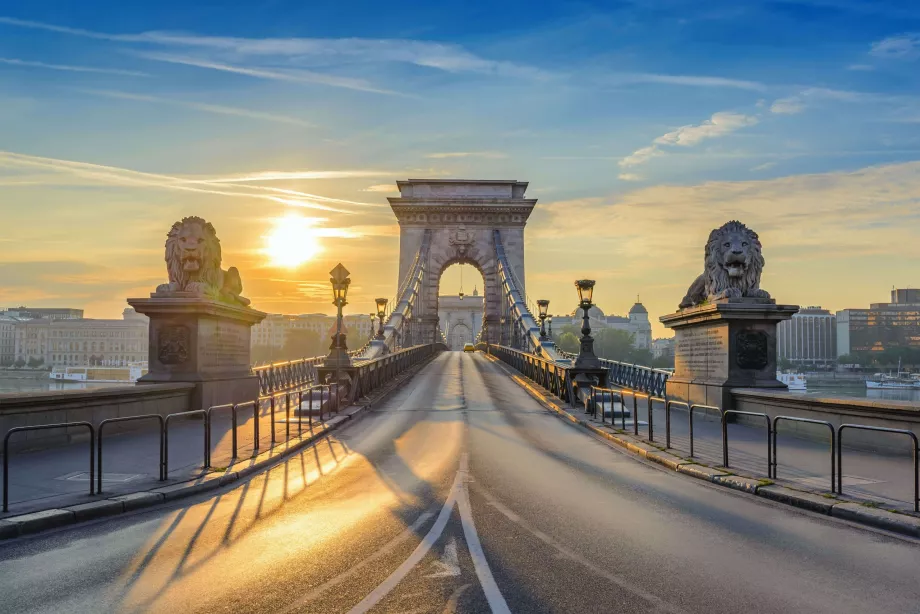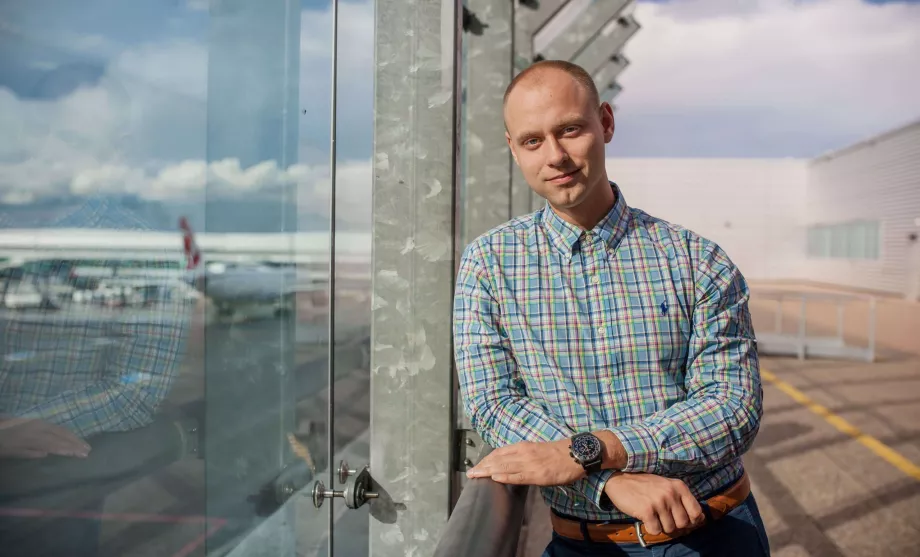Metro in Budapest

The metro in Budapest is the mainstay of local transport and the clearest and fastest way to get around the city.
The metro takes you to all of Budapest's major sights, train and bus stations.
How much is the cheapest accommodation in Budapest?
The oldest metro in continental Europe
Budapest's underground railway boasts a historic first in continental Europe. The M1 metro line was built as early as 1896 to commemorate the thousandth anniversary of the settlement of the Hungarian basin.
The M1 line was built under the newly constructed monumental Andrássy Avenue and runs from the city centre to the Városliget Gardens.
The M1 line still operates almost unchanged to this day, and as well as being a fixed part of Budapest's public transport system, it can also attract visitors as a historical window and tourist attraction.
This line is called Földalatti, which means "underground" in Hungarian.
Metro lines
Budapest has 4 subway lines marked with numbers and colours. The three original lines all meet at one interchange station , Deák Ferenc tér, while the newest fourth line crosses only the M2 and M3 lines.
- M1 Földalatti (yellow): Vörösmarty tér - Mexikói Út, old historic trains run here and the stations are also historic. It connects the centre of Budapest with Vársoliget Park and Széchenyi Spa.
- M2 (red): Déli Palyaudvar - Örs Vezér tere, this is the west-eastern backbone and the line can be used to go to Déli, Keleti and tourist attractions such as the Parliament, the Great Synagogue
- M3 (blue): Köbánya-Kispest - Újpest-Központ, main north-south route, you can use the line to go to the airport (there is a bus from the southern end), Nyugati station, Népliget bus station or to sights such as St. Stephen's Basilica
- M4 (green): Kelenföld vasútállomás - Keleti pályaudvar, the newest route connecting the 2 major railway stations of Keleti and Kelenföld, you can also use it to reach attractions such as the Grand Market Hall, Gellért's Baths
Metro tickets
You can use a single ticket on the metro, which can also be used on trams and buses (see Transport section).
Budapest is in a single fare zone, which includes the airport. The tickets you will use the most are:
| 24-hour ticket | 2 500 huf |
|---|---|
| 24-hour group ticket for up to 5 people |
5 000 huf |
| 72-hour ticket | 5 500 huf |
| 90-minute ticket | 750 huf |
| 30-minute ticket | 530 huf |
| 1 ride (transfer only between metro lines) |
450 huf |
Children under 6 and seniors over 65 from anywhere in the EU ride for free.
For a full list of tickets, visit bkk.hu/en/tickets-and-passes/prices.
Where to buy tickets?
There are two ways to buy tickets for public transport:
- Via the BudapestGo mobile app (Google Play / App Store)
- Paper tickets from a vending machine or a ticket office (vending machines can be paid by card)
How to use tickets?
You activate your mobile ticket via NFC technology by simply placing your phone on the validator at the entrance to the platform, just like when you use your mobile phone to pay for a purchase.
If NFC technology doesn't work for you, just open the BudapestGo app and scan the QR code at the validator.
Only activate your ticket the first time you use it. If you transfer, you don't need to attach the ticket to the readers again.
You must insert the paper ticket into the validator and keep it with you for the entire validity period. You will only mark the ticket again the first time you use it and not on subsequent transfers.
Map of the Budapest metro
You can download a complete up-to-date map of Budapest public transport to your mobile phone from the official website of the transport organiser bkk.hu.
We have also prepared our own HÉV metro and railway map.
Timetables - does the metro run 24/7?
The Budapest metro does not run overnight, even on weekends.
A detailed timetable of the metro can be found on the website: bkk.hu/en/timetables.
- First metro trains - between 4:20 and 4:40 from the terminus stations
- Last metro trains - between 23:30 and 23:40 from the terminus stations
Frequency on weekdays is 2-5 minutes during the day and 10 minutes in the early morning or late evening on all lines.
At weekends the intervals are extended to 5-10 minutes.
Any questions left?
If you have any questions or comments about the article...


Can the 10-ride ticket also be used by two people?